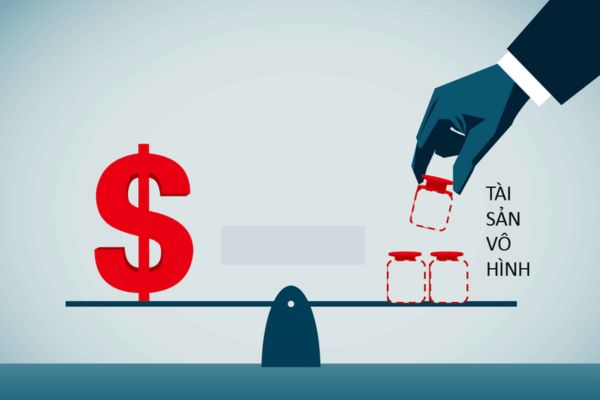What are the details of guidance on income approach methods in intangible asset valuation in Vietnam from July 1, 2024?
What are the details of guidance on income approach methods in intangible asset valuation in Vietnam from July 1, 2024?
Based on Clause 1, Article 6 of Circular 37/2024/TT-BTC, the application of methods under the income approach is stipulated as follows:
Application of Methods Under the income approach
1. The income approach includes the following methods: the Relief from Royalty Method, the Excess Earnings Method, and the Incremental Income Method.
The income approach regarding intangible assets consists of 03 methods:
(1) The Relief from Royalty Method.
(2) The Excess Earnings Method.
(3) The Incremental Income Method.
Note:
- When applying methods under the income approach, it is necessary to consider sensitivity analysis to review and analyze changes in valuation results when altering some parameters for each valuation case.
- The application of the income approach for intangible asset valuation is conducted according to the standards set forth in Circular 37/2024/TT-BTC.
In cases not specified in these standards, other Vietnamese valuation standards should be applied.

What are the details of guidance on income approach methods in intangible asset valuation in Vietnam from July 1, 2024? (Internet image)
What are the regulations on discount rate valuation for cash flows generated by intangible assets in Vietnam?
Based on Article 8 of Circular 37/2024/TT-BTC, the discount rate is regulated as follows:
Discount Rate
1. The discount rate using the income method must reflect the time value of money and the risks related to future income from the intangible assets being appraised.
2. The discount rate is estimated based on market information of similar intangible assets, potentially including the average return rate of such assets in the market.
3. The discount rate for cash flows generated by appraised intangible assets is usually higher than the weighted average cost of capital (WACC) (due to higher inherent risks) and lower than the internal rate of return (IRR). For intangible assets constituting the majority of the total value of the enterprises using them, the enterprise’s WACC may be considered as the discount rate.
The discount rate for cash flows generated by intangible assets needing appraisal is usually higher than the WACC (due to higher risks) and lower than the IRR.
Note:
For intangible assets constituting the majority of the total value of the enterprises using them, the enterprise’s WACC may be considered as the discount rate.
What are the regulations on applying the tax benefit of depreciation deduction in the valuation of intangible assets under the income approach in Vietnam?
Based on Article 9 of Circular 37/2024/TT-BTC, the application of tax shield benefits from depreciation in intangible asset valuation using the income approach is stipulated as follows:
- Based on the intended use of the valuation results and the applied valuation method, consider factoring in the value of tax shield benefits from depreciation into the value of the intangible assets needing appraisal when applying the income approach.
- Do not account for tax shield benefits from depreciation in the following cases:
+ The intangible asset needing appraisal does not qualify to be recognized as an intangible fixed asset according to the law.
+ The intangible asset needing appraisal is used by a tax-exempt enterprise at the time and after the valuation.
+ The tax shield benefits from depreciation are estimated by discounting the tax reductions from depreciation to the present value. The tax reductions should align with the depreciation method of the appraised intangible assets applied by the enterprise using them, according to legal regulations.
- The discount rate used to calculate tax shield benefits from depreciation may be considered based on:
+ The appropriate discount rate for the enterprise using the appraised intangible assets, such as WACC.
+ The appropriate discount rate for the appraised intangible assets.
Income streams in the income approach for Intangible Assets in Vietnam
Based on Article 7 of Circular 37/2024/TT-BTC, the income streams in the income approach in Vietnam are regulated as follows:
- The income approach determines the value of intangible assets through the present value of income, cash flows, and cost savings brought about by the intangible assets.
- Intangible assets can generate income streams through the use of intangible assets, ownership of intangible assets (e.g., through receiving royalty payments), or restricting the use of intangible assets.
- When valuing intangible assets, depending on the valuation purpose, the income stream from using the intangible assets for the users of the intangible assets, the income stream from receiving royalty payments for the owners of the intangible assets, or both income streams can be analyzed.
LawNet